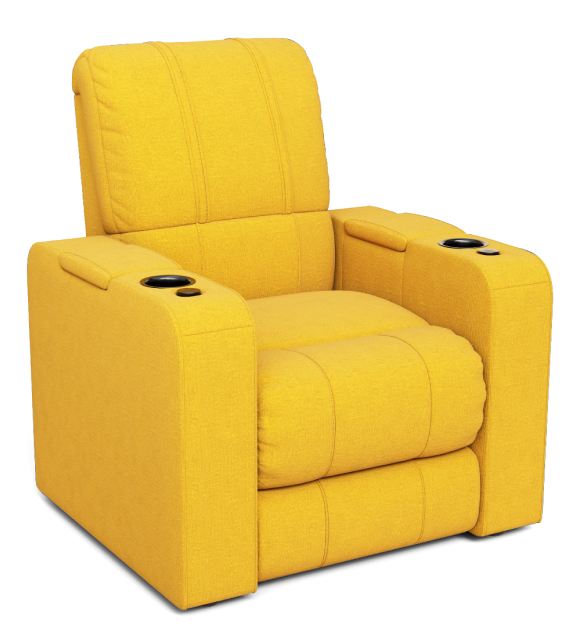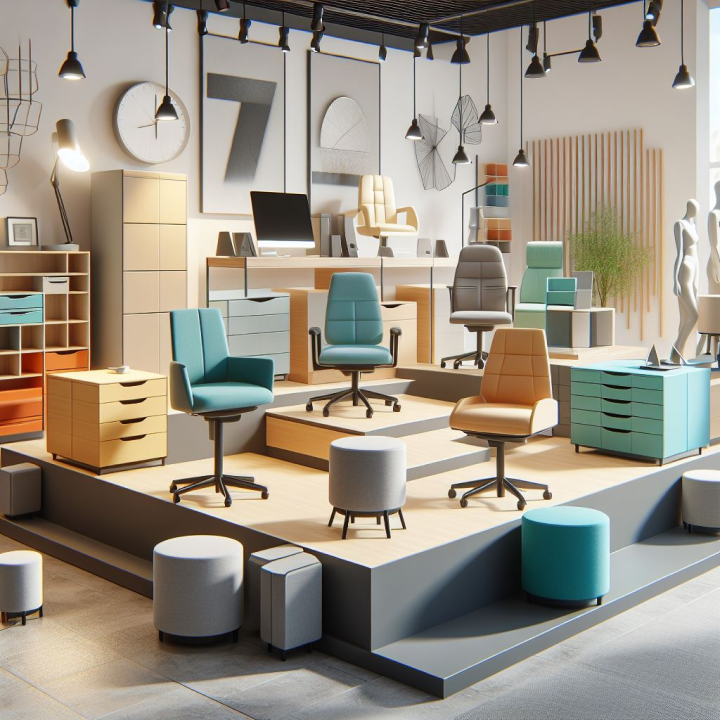In today’s globalized digital landscape, businesses and consumers alike are witnessing a profound transformation in the way commerce is conducted. A marketing innovation that stands at the forefront of this transformation is 3D product modeling. Explore the top 10 benefits of 3D modeling that are reshaping the eCommerce landscape. From enhanced product visualization to reduced returns, these benefits have a global impact, transforming the way we shop and conduct business online.
Boosting eCommerce Potential with 3D Modeling
Enhanced Product Visualization
The impact of 3D modeling on eCommerce is evident in the realm of product visualization. Regardless of where customers are located, they can now immerse themselves in 3D models while shopping online. This technology enables them to inspect, customize, and rotate items virtually, providing a highly accurate understanding of potential purchases. This immersive experience transcends borders, allowing shoppers worldwide to make informed decisions.
Reduced Product Returns
In the vast landscape of the fashion industry, eCommerce stores have harnessed the power of 3D modeling to provide precise sizing information and virtual fitting rooms. This empowers customers across the globe to make well-informed choices, leading to significantly lower return rates due to sizing discrepancies. Businesses and consumers, regardless of their location, benefit from this reduction in returns, resulting in cost savings and enhanced shopping experiences.
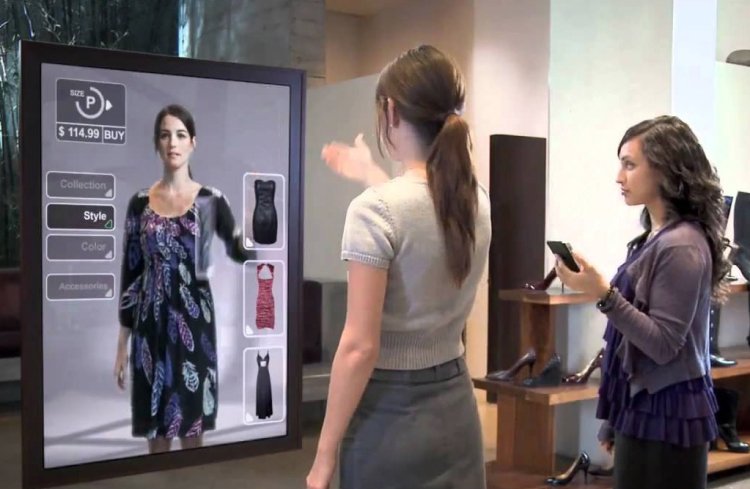
Personalized Shopping Experiences
Jewelry retailers have embraced 3D modeling to offer customers worldwide the opportunity to create unique and personalized pieces. Regardless of their geographical location, shoppers can choose metals, gemstones, and engravings to craft meaningful jewelry items. This level of customization goes beyond borders, catering to individual preferences and fostering a deeper connection between businesses and consumers.
Interactive Product Demonstrations
The impact of 3D modeling extends to the electronic products sector. Consumers exploring smartphones and other gadgets online can engage with 3D models, virtually experiencing features and functionalities. This interactive approach transcends geographical boundaries and enhances consumer engagement and decision-making, benefiting both businesses and consumers worldwide.
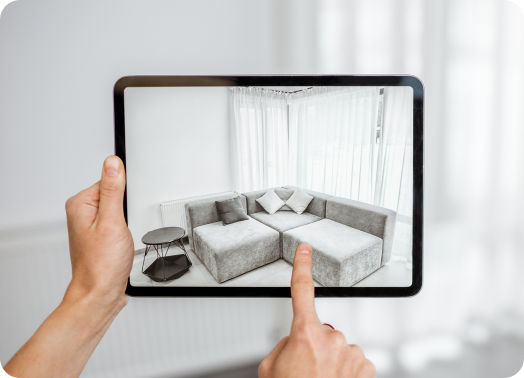
Improved Customer Confidence
High-end fashion brands have leveraged 3D models to showcase intricate details of luxury items like handbags. This instills confidence in customers globally, assuring them of the quality and craftsmanship of their potential purchases. The impact of 3D modeling on customer confidence knows no borders, enhancing the reputation of brands and fostering trust among consumers worldwide.
Cost-Efficient Prototyping
In the home decor sector, eCommerce companies worldwide have streamlined product development by utilizing 3D modeling. This technology allows them to visualize and test designs without the need for costly physical prototypes. The cost-efficiency of 3D modeling transcends geographical boundaries, benefiting businesses by reducing expenses and accelerating product development.
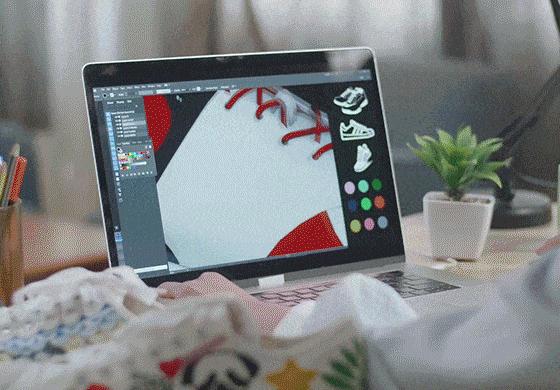
Reduced Marketing Costs
Across various sectors, eCommerce businesses optimize their marketing campaigns by incorporating 3D models. This strategy, irrespective of geographical location, saves on expensive photoshoots and ensures consistent, high-quality visuals. The reduction in marketing costs benefits businesses and consumers alike, enhancing the overall shopping experience.
Reduced Time-to-Market
Emerging eCommerce startups worldwide gain a competitive edge by swiftly introducing new products to the market through 3D modeling. This technology allows for rapid design iterations, reducing the time required to bring products to consumers. The impact of reduced time-to-market extends globally, enabling businesses to stay ahead of the competition.
Competitive Edge
Sports equipment retailers, regardless of their location, differentiate themselves by offering 3D models for virtual testing of products like tennis rackets. This immersive experience enhances consumer engagement and sets businesses apart from global competitors. The impact of this competitive edge is felt by businesses and consumers worldwide, offering unique and interactive shopping experiences.
Enhanced Product Customization
Online furniture retailers worldwide cater to consumer preferences by enabling 3D customization of products. For example, an online shoe store allows customers to choose colors, materials, and design elements to create unique furniture. This level of product customization transcends geographical boundaries. This allows businesses to meet individual preferences and foster stronger connections with consumers.
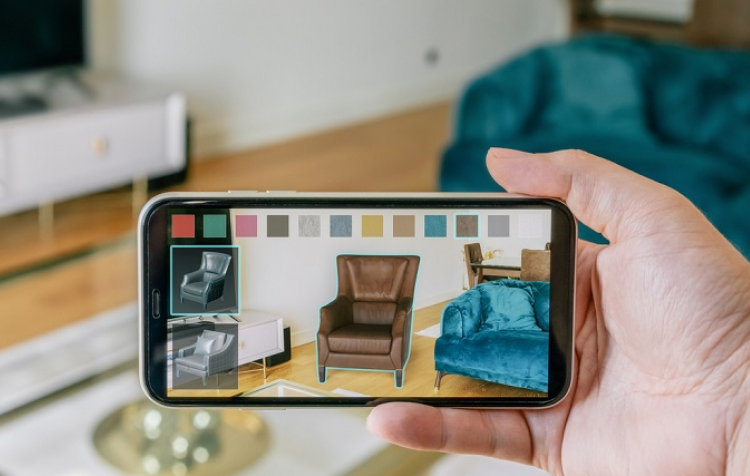
Tulfa’s 3D Product Modeling: Transforming eCommerce
In today’s interconnected world, 3D product modeling is revolutionizing eCommerce, offering numerous benefits for businesses and consumers. It enhances product visualization, reduces returns, personalizes shopping experiences, and boosts global marketing efficiency, transcending geographical boundaries to reshape global commerce. As this technology evolves, its impact on eCommerce will only grow, highlighting its importance in the future of commerce.
At Tulfa, we’re dedicated to providing top-notch 3D product modeling that enhances your website and offers an accurate representation of your products, whether you sell furniture, electronics, automobiles, hardware tools, or anything else. Our expertise includes texture and material customization, detailed product design, multiple lifestyle scenes, and various angles, making us your one-stop destination for 3D product modeling. Contact us today at hello@tulfa.com.

